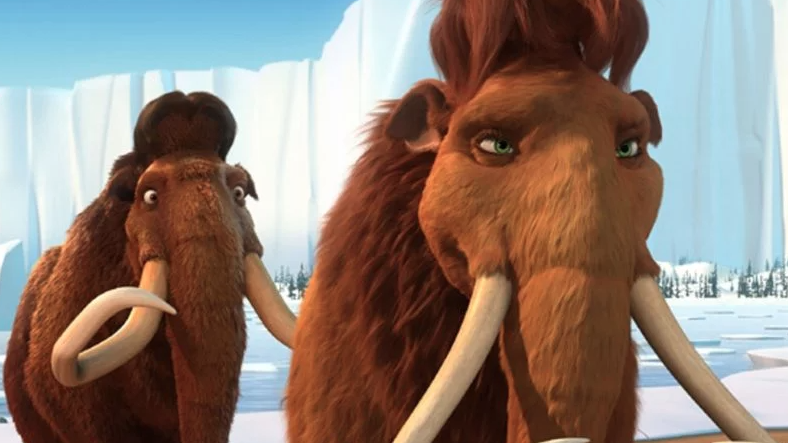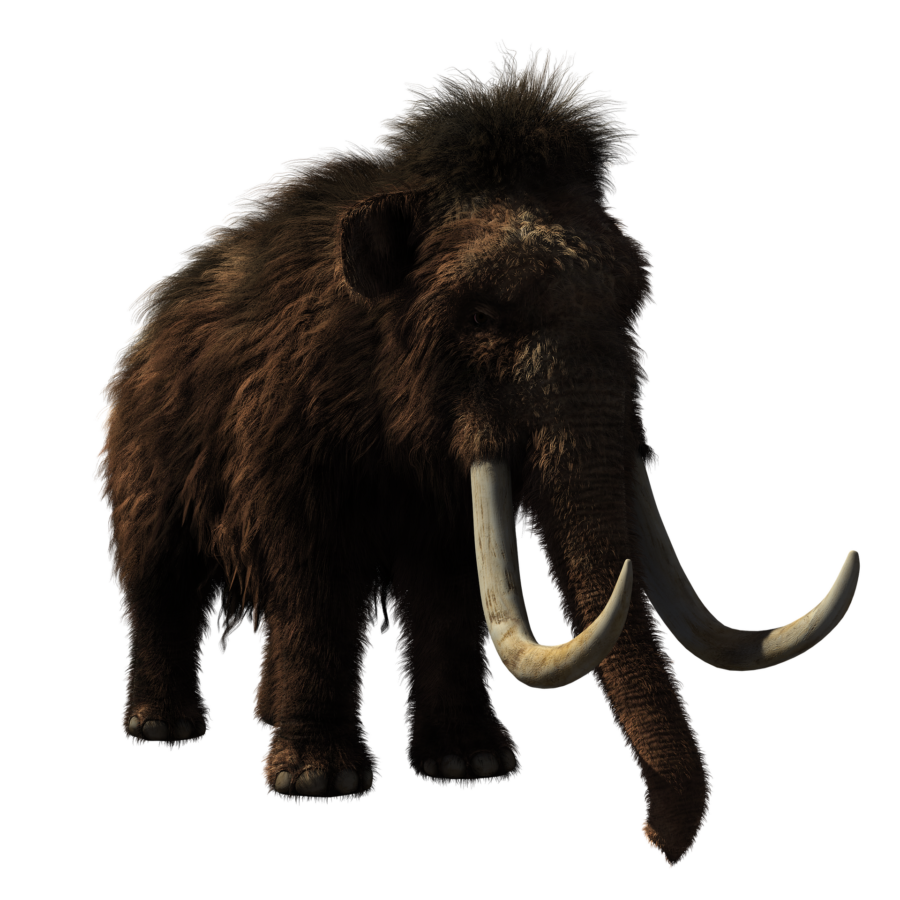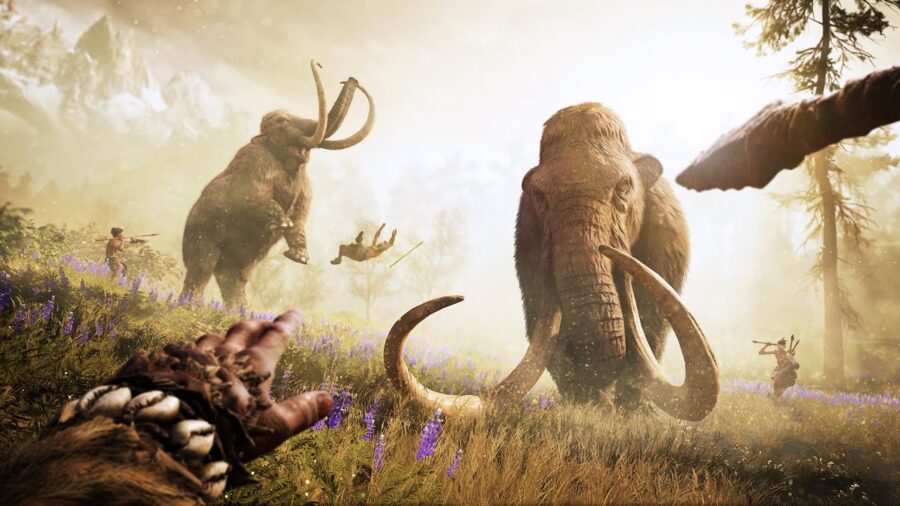Woolly Mammoth Being Resurrected By Geneticists
Scientists are looking to bring the wooly mammoths back from the dead!
This article is more than 2 years old

It’s the stuff of sci-fi classics and it may soon become a reality. Woolly mammoths — extinct for 4,000 years — may once again walk the Earth thanks to the work of of geneticists who want to combat one of the harmful by-products of climate change.
According to the story from Supercluster, the company looking to bring woolly mammoths back from the dead bears the fitting name of Colossal. The technological breakthrough Colossal aims to use to is called CRISPR. A protein called Cas-9 removes genetic material from a genome. The DNA then begins to repair itself, and as it does so it can be “edited” to express different traits than before.
In 2019, per Technology Review, Chinese scientist He Jiankui used the CRISPR technology to do something revolutionary, but his work had nothing to do with woolly mammoths. Jiunkai created a set of twin human babies — Lulu and Nana — who were resistant to HIV. Jianuki’s human gene-editing was illegal, however, and the reward for his breakthrough was a sentence of three years in prison and a fine of 3 million yuan (about $430,000).

Colossal — the company looking to bring back the woolly mammoth — is owned by entrepreneur Ben Lamm. The loss of biodiversity due to climate change is of chief concern to Lamm, who told Supercluster the latest estimates say by 2050 the Earth will have lost between 10% and 20% of its biodiversity. To that end, Lamm is following in the footsteps of Harvard University geneticist George Church, who is one of a group of what Supercluster calls “renegade biologists” who promote the idea of de-extinction: reviving dead species like the woolly mammoth.
The effort to resurrect the woolly mammoth is not the first of its kind. Back in 2012, philanthropist Stewart Brand and entrepreneur Ryan Phelan joined forces with a group of biologists to create Revive & Restore, with the goal of bringing the extinct passenger pigeon back to North America.
As Supercluster points out, unlike in 1993’s Jurassic Park, bringing an extinct species back to life takes more than just mining for mosquitoes. The genome of the woolly mammoth needs to be reconstructed, and while mammoth remains have been found, the DNA has been breaking down for thousands of years. Church was able to do a lot of the work by comparing genomic fragments of the mammoths to the genome of its descendant, the modern Asian elephant. In 2015, Church was able to take one of first big steps: using CRISPR to copy woolly mammoth genes into an Asian elephant genome. When Lamm heard about Church’s work, he contacted the biologist and the two have since been working together and while recruiting like-minded scientists.

Now, if you’re worried that Lam has any plans to set up some kind of Jurassic Park-like preserve, well, keep worrying because that is absolutely on his radar. He told Supercluster he thought a preserve that tourists could visit to see real life woolly mammoths would be a great idea, because ecotourism was an opportunity to “create awareness.”
If any of this does come to pass, there probably isn’t too much to worry about; at least not as far as woolly mammoths are concerned. The majestic beasts were herbivores and so wouldn’t find humans appetizing. If Lamm, Church, or anyone else starts looking to use the CRISPR technology on velociraptors and the like, that’s when we should get worried.












